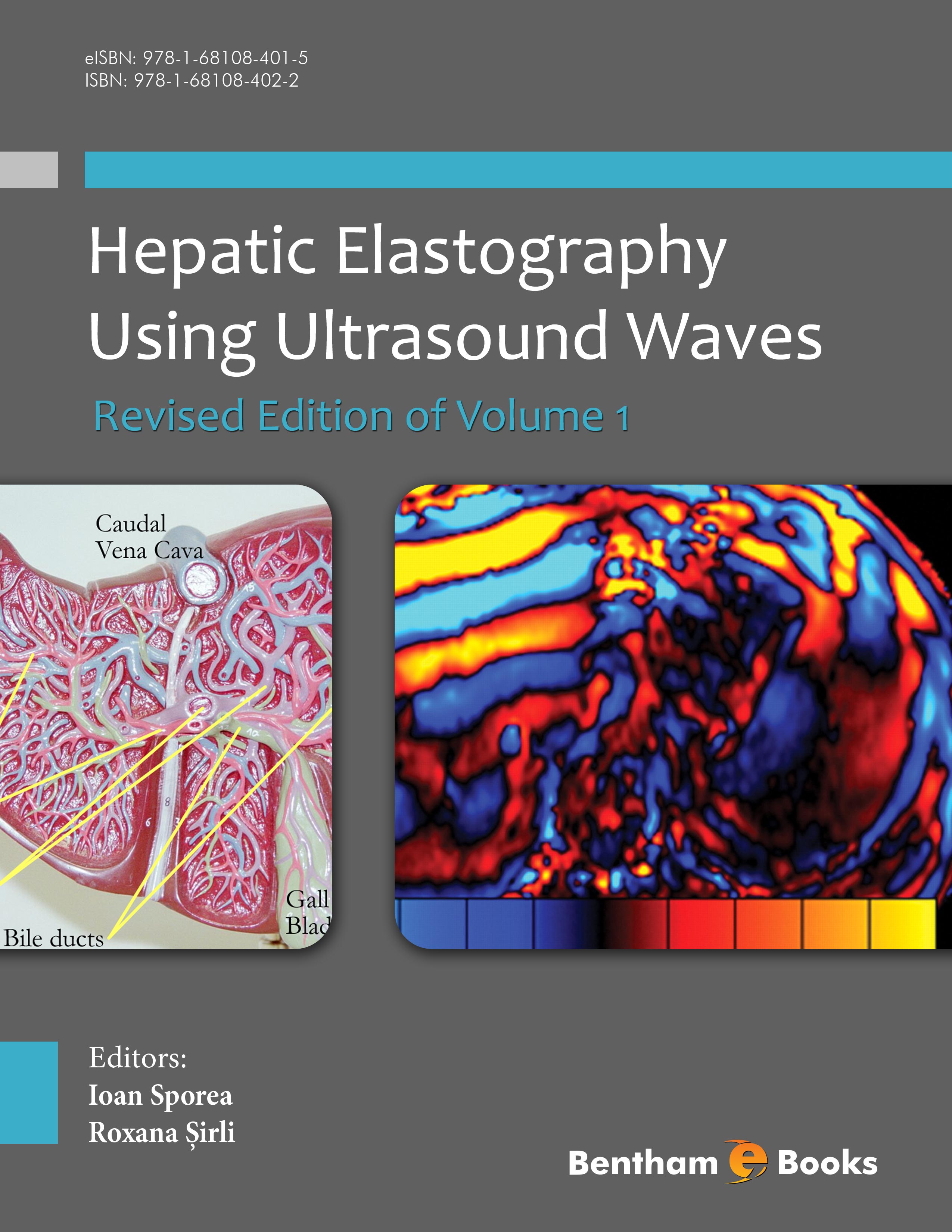Introduction
Liver biopsy (LB) is sometimes considered to be the "gold standard" for the evaluation of liver morphology in the diagnosis of chronic hepatopathies. A major disadvantage of LB is its invasiveness: the risk of post-biopsy discomfort for patients and sometimes, of serious complications; the lack of sensitivity to detect fibrosis, due to its heterogeneity and the difficulty to obtain adequate physical samples for pathological examination is also problematic. In these circumstances, the idea of LB as the "gold standard" for staging and grading chronic hepatitis in routine medical diagnoses is questionable.
Non-invasive methods such as ultrasound elastography provide an effective alternative for liver evaluation without the risk of complications that arise from liver biopsies. There are a number of variants of elastographic techniques which include transient elastography (FibroScan, Echosens), Acoustic Radiation Force Impulse (ARFI) elastography (Siemens S2000) and other methods of shear wave elastography.
This revised edition of Hepatic Elastography Using Ultrasound Waves
presents an updated set of chapters on the related topic. Chapters cover several methods of hepatic elastography (transient, shear wave, real time strain, elastPQ etc.). This edition consolidates all methods of point shear wave elastography (including ARFI and ElastPQ methods) into a single chapter and presents information on 2D shear wave elastography in a separate chapter. In addition, this revised edition offers readers new information on the comparison of each elastographic technique and supplements readers with a set of general guidelines on liver elastography. This revised edition is an essential reference for hepatologists interested in non invasive diagnostic methods for liver diseases.

